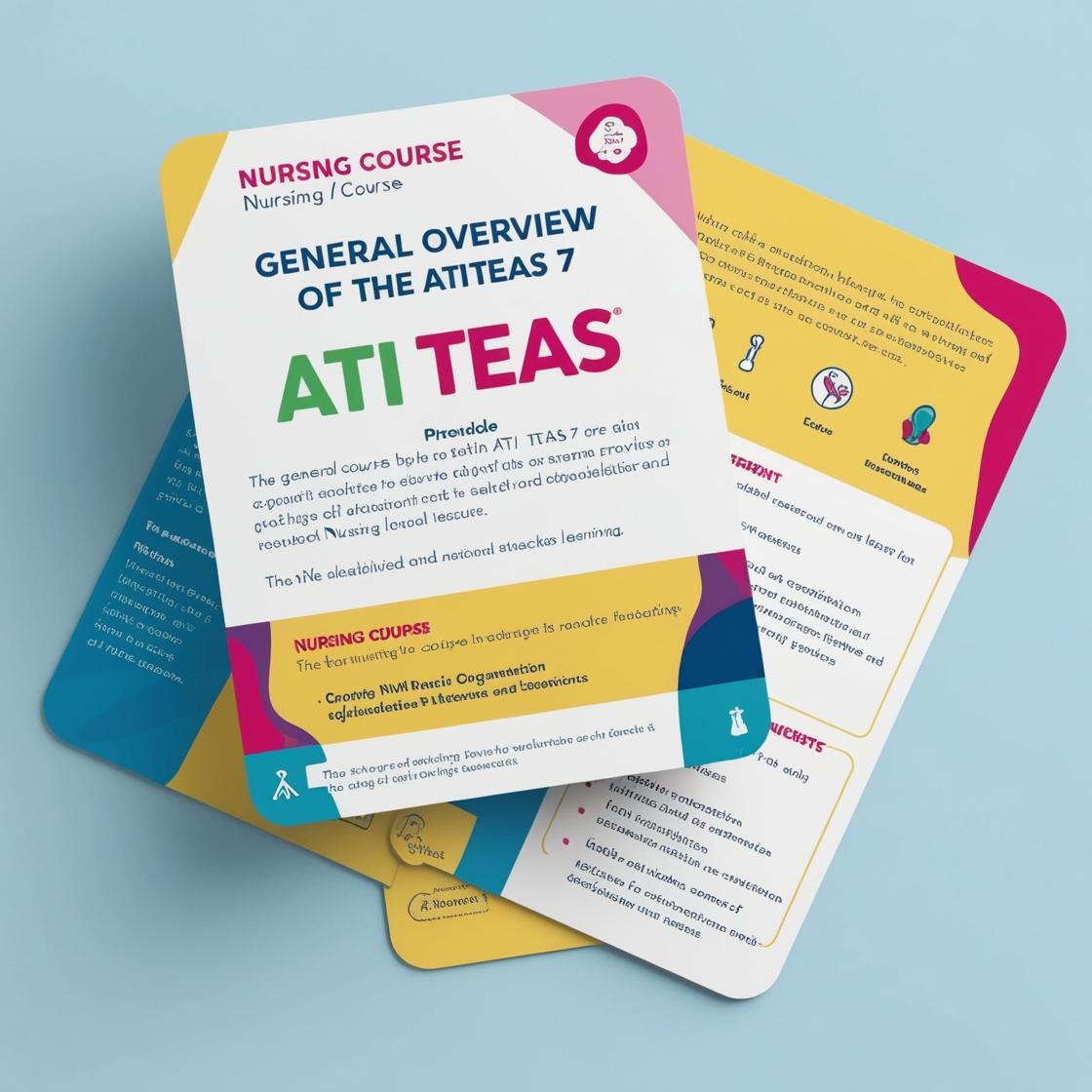ATI TEAS 7
ATI TEAS Science Practice Test
1. Using anatomical terms, what is the relationship of the sternum to the deltoid?
- A. Medial
- B. Lateral
- C. Superficial
- D. Posterior
Correct answer: A
Rationale: The sternum is located at the midline of the body, closer to the center, making it medial to the deltoid. The deltoid muscle is positioned on the lateral side of the upper arm, away from the midline. Therefore, the correct relationship of the sternum to the deltoid is medial. 'Lateral' is incorrect as it refers to a position farther away from the midline, 'Superficial' is incorrect as it relates to a structure being closer to the surface, and 'Posterior' is incorrect as it indicates a position behind or toward the back.
2. Which muscle has involuntary cells that are branched and striated and connected by intercalated discs with gap junctions?
- A. Smooth muscle
- B. Cardiac muscle
- C. Skeletal muscle
- D. Epithelial muscle
Correct answer: B
Rationale: The correct answer is B: Cardiac muscle. Cardiac muscle cells fit the description provided in the question; they are involuntary, striated, and branched, with intercalated discs containing gap junctions that allow for synchronized contractions of the heart. Smooth muscle (choice A) lacks striations and is found in the walls of internal organs. Skeletal muscle (choice C) is voluntary and attaches to bones for movement. 'Epithelial muscle' (choice D) is not a valid muscle type, making it an incorrect choice.
3. A rock has a mass of 3 grams (g) and a volume of 4 cm³. What is its density?
- A. 8.90 g/cm³
- B. 0.38 g/cm³
- C. 77.22 g/cm³
- D. 2.65 g/cm³
Correct answer: D
Rationale: Density is determined by the formula Density = Mass / Volume. For this rock, the mass is 3g, and the volume is 4 cm³. Applying the formula: Density = 3g / 4cm³ = 0.75 g/cm³. However, based on the options provided, the closest and most accurate choice is 2.65 g/cm³, corresponding to option D. Choice A, 8.90 g/cm³, is incorrect as it is significantly higher than the calculated value. Choice B, 0.38 g/cm³, and Choice C, 77.22 g/cm³, are also incorrect and do not match the correct calculation.
4. What happens during expiration?
- A. The diaphragm contracts and the thoracic cavity expands.
- B. The diaphragm relaxes and the thoracic cavity contracts.
- C. The thoracic cavity expands, increasing pressure.
- D. The diaphragm relaxes and moves upward.
Correct answer: B
Rationale: The correct answer is B. During expiration, the diaphragm relaxes, causing the thoracic cavity to contract. As the thoracic cavity decreases in size, the pressure inside the lungs increases, leading to air flowing out of the lungs. This process helps to expel carbon dioxide-rich air from the body. Choices A, C, and D are incorrect. In choice A, the diaphragm contracting and the thoracic cavity expanding describes inspiration, not expiration. Choice C is incorrect because during expiration, the thoracic cavity actually decreases in size. Choice D is incorrect as the diaphragm moving upward is not a typical movement associated with expiration.
5. What is the anatomical term for the back of the body? Example: Shoulder blade.
- A. Anterior
- B. Superior
- C. Posterior
- D. Inferior
Correct answer: C
Rationale: The correct answer is C: Posterior. 'Posterior' is the anatomical term that refers to the back of the body. It is the opposite of 'anterior,' which refers to the front of the body. 'Superior' typically describes a structure that is positioned above another structure, while 'inferior' refers to a structure that is below another. In this case, the term 'posterior' specifically indicates the back of the body, making it the most appropriate choice among the options provided.
Similar Questions

Access More Features
ATI TEAS Premium Plus
$150/ 90 days
- Actual ATI TEAS 7 Questions
- 3,000 questions with answers
- 90 days access
ATI TEAS Basic
$99/ 30 days
- 3,000 Questions with answers
- 30 days access
